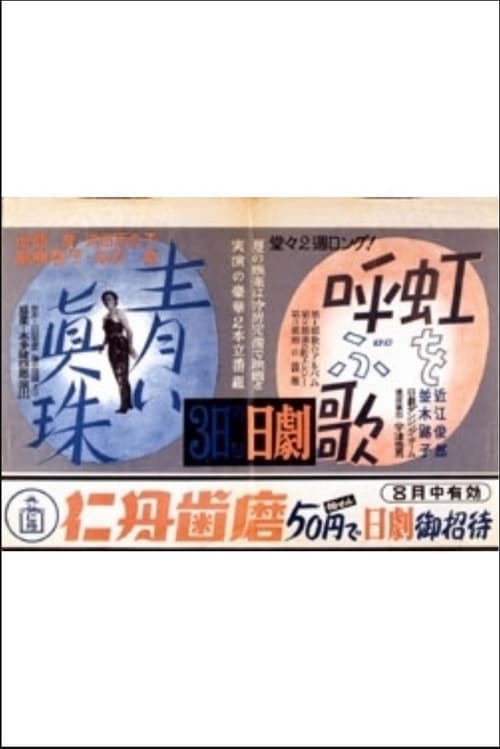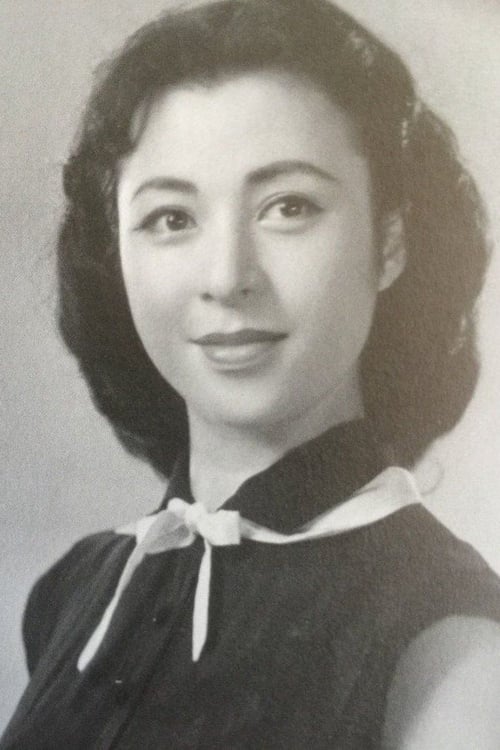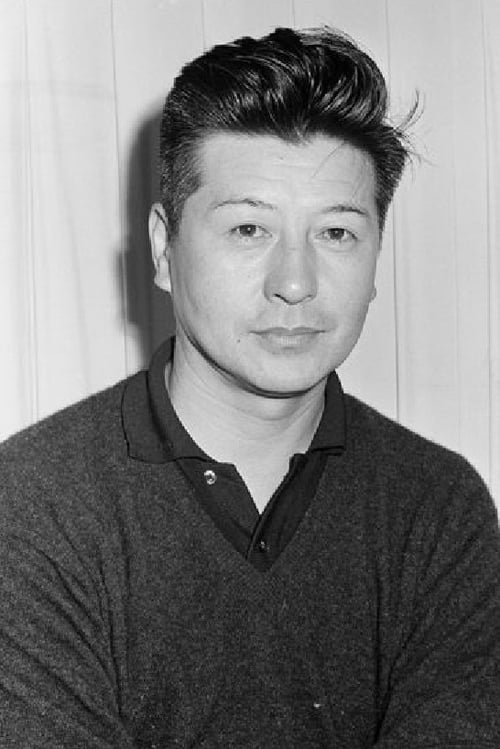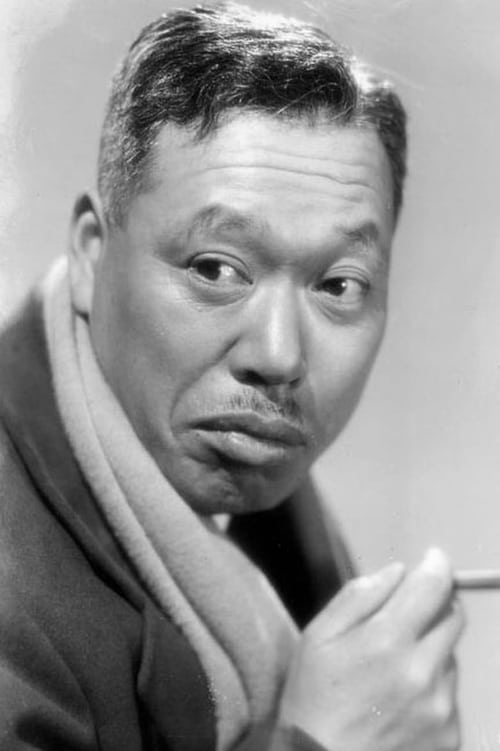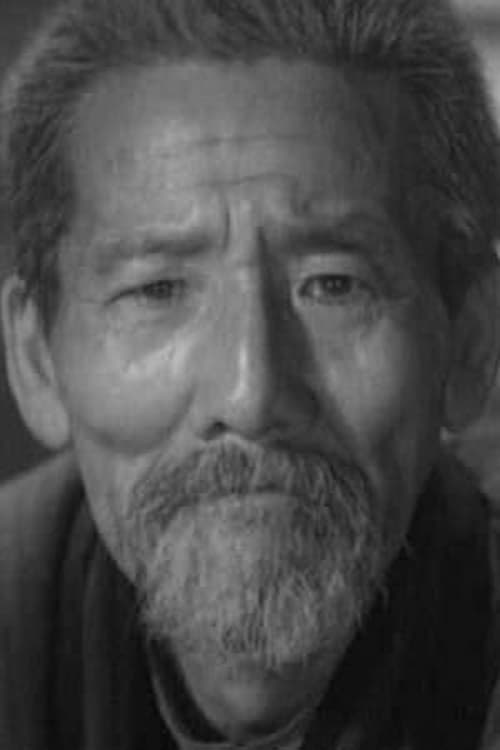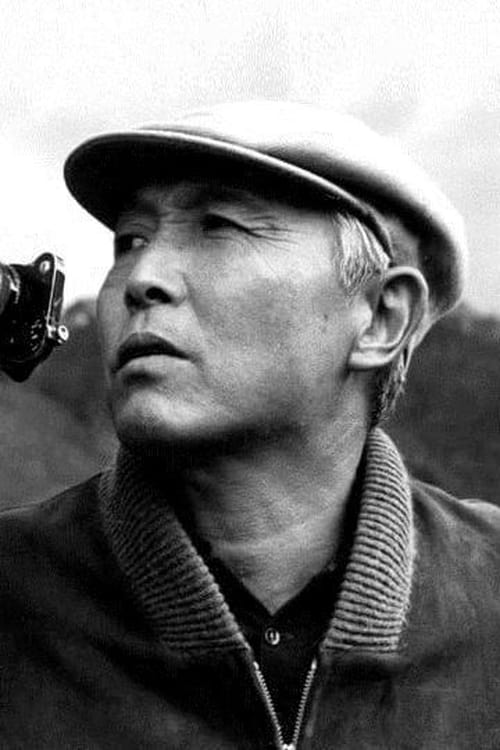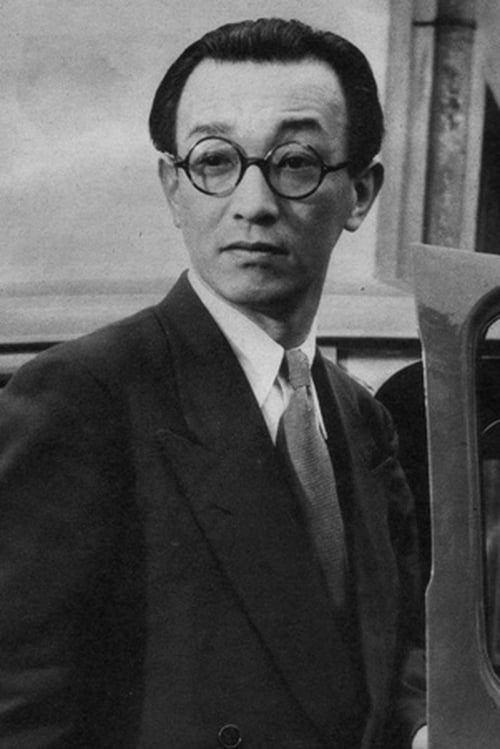The Blue Pearl (1951)
Genre :
Runtime : 1H 39M
Director : Ishirō Honda
Synopsis
Though recognized worldwide almost exclusively for his colorful kaiju fare, director Ishirō Honda (Godzilla, Rodan, Mothra) was a natural humanist with a particular understanding of the relationship between people and their social environs. His debut fiction feature, The Blue Pearl (Aoi Shinju) – virtually unseen in the west until now – depicts the melodramatic, but keenly-observed interplay between a young man from Tokyo and two ama (pearl divers; literally “women of the sea”) in a superstitious coastal town. Though raised within the same tradition-bound crucible, the two women – Noe and Riu – are portrayed as diametric opposites; the former meek but affectionate, the latter strong-willed but jaded by a tryst with metropolitan life. Nonetheless, Honda provides equal weight to their desires and their ambitions to break free from the social mold imposed upon them from birth.

Framed and on the run, a former FBI agent must save his family from a blazing fire in the world's tallest building.

Magazine photographer Alex Anderson and author Colin Page head to Fiji in search of the illusive blue pearl that Colin wrote about in his bestselling novel Pearl in Paradise. Alex stands to land the creative director position if she can photograph the pearl for the magazine’s 30th anniversary issue, and Colin hopes that by writing a guest article about the long-lost gem he can boost sales of his failing other books and not lose his publisher. As the two head off to their search, neither is aware yet that finding love could be the rarest adventure of all.
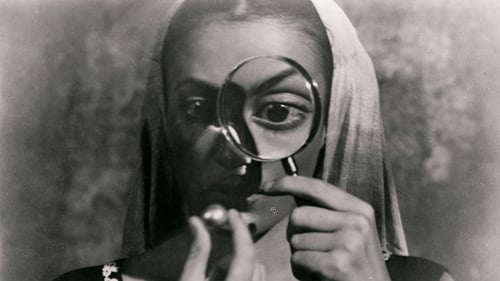
A poor Mexican diver discovers a valuable pearl in the ocean, but it brings his family only trouble
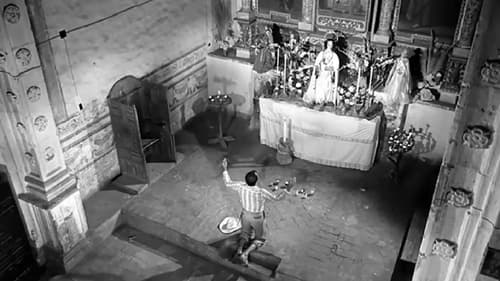
Desperate because of his son's illness, the peasant Eufemio steals a pearl from the image of Santa Lucía in the village church.
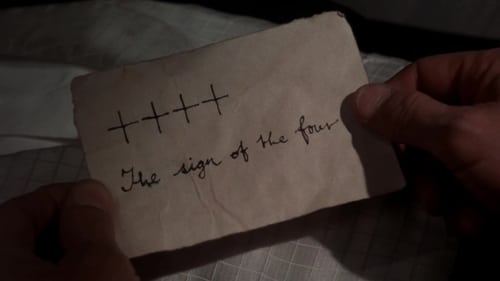
Sherlock Holmes and Dr. Watson try to track down the Great Mogul, the second-largest diamond in the world.

A slum girl is forced to steal for a living. After she swipes a rich society's matron's necklace, she hides out at the home of a man who turns out to be the socialite's former fiance.

Two beachcombers with a yacht join woman-with-a-past Rita on a quest for black pearls on a secret island. Arrived, they find another white man has made himself high priest; but George, the latter's handome son, is fair game for Rita, who lands in the guise of a missionary! The inevitable conflict over the pearls brings violence and corruption to the quiet island.
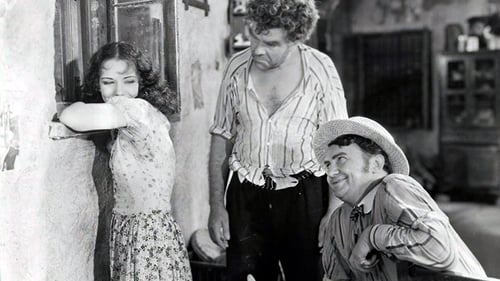
Lovely Anita dreams of escaping the monotony of her island home and sailing to bustling Havana. But when her abusive father promises her to the greasy local merchant, Anita does everything in her power to make her dream a reality.
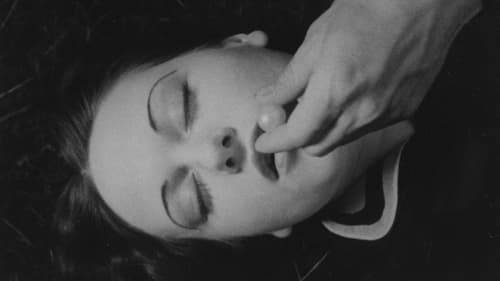
A silent, surreal short involving a man buying a pearl necklace. He meets a woman who also desires the necklace.
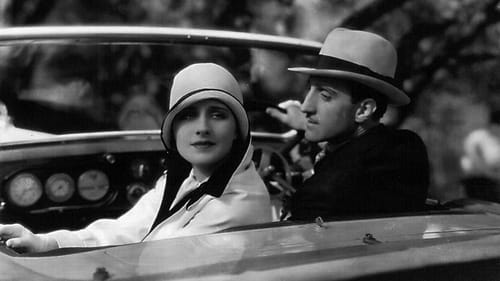
There is a big charity function at the house of Mrs. Cheyney and a lot of society is present. With her rich husband, deceased, rich old Lord Elton and playboy Lord Arthur Dilling are both very interested in the mysterious Fay. Invited to the house of Mrs. Webley, Fay is again the center of attention for Arthur and Elton with her leaning towards stuffy old Elton. When Arthur sees Charles, Fay's Butler, lurking in the gardens, he remembers that Charles was a thief caught in Monte Carlo and he figures that Fay may be more interested in the pearls of Mrs. Webley, which she is. After Fay takes the pearls, but before she can toss them out the window, she is caught by Arthur who is very disappointed in how things are turning out.

A pearl stolen from an Indian idol results in nothing but trouble for its owner. After he receives death threats by note pinned to a dagger, he decides to gather his relatives in his old mansion for a reading of his will. Unfortunately, the family members are being mysteriously bumped off one by one. The butler and an heiress set out to discover what's going on.

The curse of a shark god follows a group of people who have violated a sacred jungle idol.

Though recognized worldwide almost exclusively for his colorful kaiju fare, director Ishirō Honda (Godzilla, Rodan, Mothra) was a natural humanist with a particular understanding of the relationship between people and their social environs. His debut fiction feature, The Blue Pearl (Aoi Shinju) – virtually unseen in the west until now – depicts the melodramatic, but keenly-observed interplay between a young man from Tokyo and two ama (pearl divers; literally “women of the sea”) in a superstitious coastal town. Though raised within the same tradition-bound crucible, the two women – Noe and Riu – are portrayed as diametric opposites; the former meek but affectionate, the latter strong-willed but jaded by a tryst with metropolitan life. Nonetheless, Honda provides equal weight to their desires and their ambitions to break free from the social mold imposed upon them from birth.
